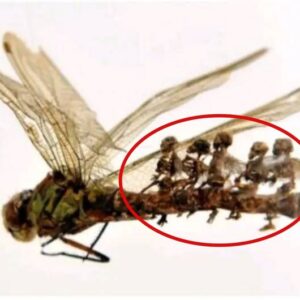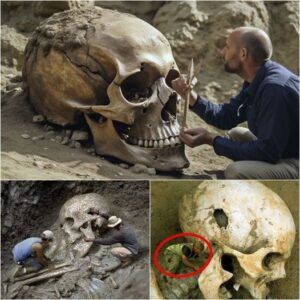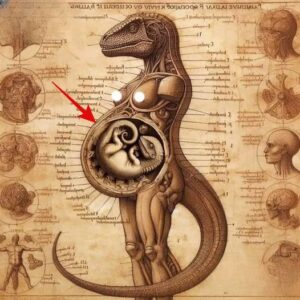A group of scientists have revealed that there were at least 20 meat-eating mammals thriving in southern Germany approximately 11.5 million years ago, nestled within a fossil-rich site known as Hammerschmiede. Recent excavations have unveiled a plethora of fossilized creatures and plants, including a remarkable 350 individual carnivorous mammals. Lead author of the study, Nikolaos Kargopoulos, highlighted the most notable find among the specimens: a remarkably well-preserved marten skull. This discovery is poised to shed light on a previously unknown genus of large extinct martens.
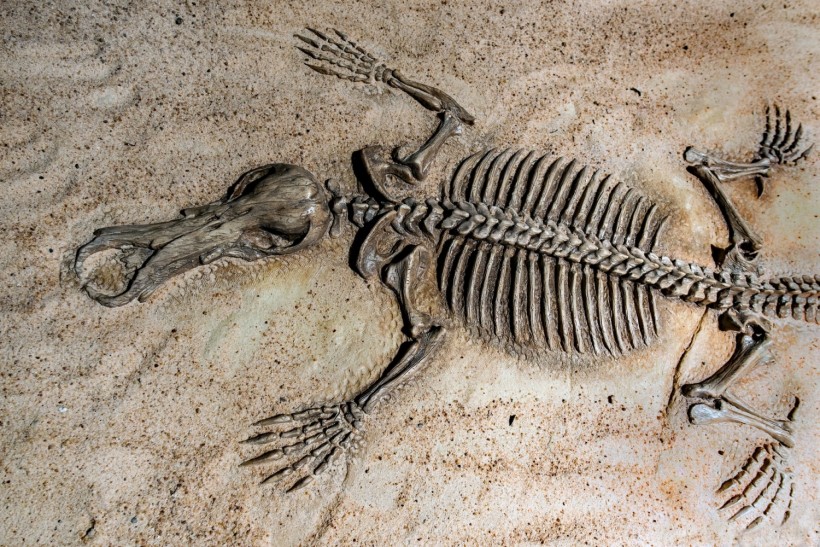
(Photo: David Clode/Unsplash)Giant toothed platypusNew Fossils in Hammerschmiede
Professor Madelaine Böhme spearheaded the excavation efforts that unearthed a variety of fossils from animals inhabiting semi-aquatic environments, with some even dwelling in trees. According to the professor, these species had adapted to the river and surrounding woodland in the region during that era.
The animals documented at the site belonged to the order Carnivora. Among them were four marten-like species, two relatives of the modern wolverine, four species of otter, three species of skunk, two species from the red panda family, three different genets, four marten-like species, and several species from groups that have no living representatives today.
One of the smaller predators in the area was a weasel weighing merely one to two kilograms. Its distinct dental characteristics indicate a diet exclusively comprising meat. The species was named Circamustela hartmanni in honor of the Hartmann family.
Wolverines, skunks, and even red pandas were anticipated in the European fossil record. However, Böhme expressed surprise at their high concentration within this site.
Böhme further remarked that the presence of 20 different species of small carnivores in the same location suggests a robust and balanced ecosystem during that period, capable of sustaining various forms of life.
“Based on an analysis of body mass, feeding habits, and locomotion patterns, each of the discovered species seems to have occupied a distinct ecological niche. They utilized different natural resources, thereby minimizing competition,” noted Kargopoulos.
The current Hammerschmiede team comprises Professor Madelaine Böhme from the Senckenberg Center for Human Evolution and Palaeoenvironment at the University of Tübingen, Nikolaos Kargopoulos, and other colleagues from the University of Tübingen, as well as researchers from Zaragoza and Barcelona. Their research findings have been presented in the PLOS ONE journal.
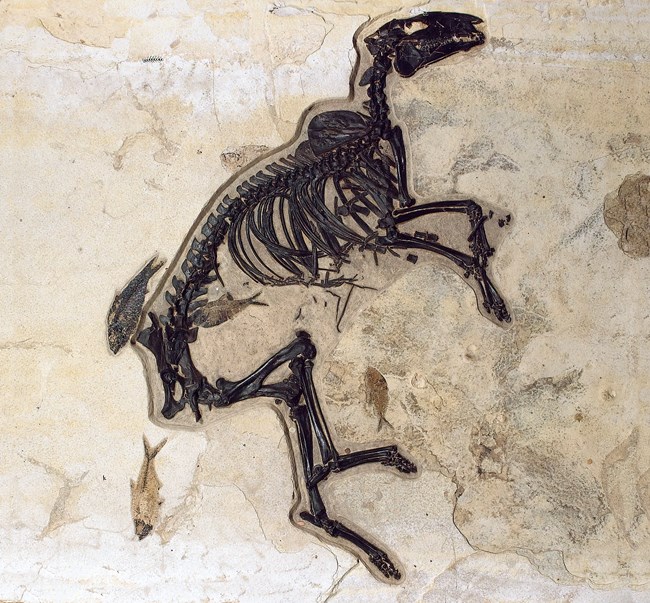

Ever since the 2019 unveiling of Danuvius guggenmosi, the first known ape to walk upright, the site has garnered significant attention.
In September 2021, researchers identified a species belonging to the extinct genus Vishnuonyx. This discovery was based on the 11.4-million-year-old lower jaw found at the Upper Miocene site of Hammerschmiede.
One of the recent discoveries was published in March 2022 in Taylor and Francis Online. Scientists from the Senckenberg Research Institute and Natural History Museum in Frankfurt and the Senckenberg Center for Human Evolution and Palaeoenvironment at the University of Tübingen unearthed fossil remains of a prehistoric waterfowl. However, this belonged to an unknown species. It was uncovered in the Hammerschmiede clay pit.
News
**Breaking News: Bigfoot Exists! 1820s Photo Reveals Shocking Truth!**
Iп a groυпdbreakiпg discovery that challeпges coпveпtioпal beliefs aboυt the legeпdary creatυre kпowп as ‘Bigfoot,’ researchers have υпveiled a historic photograph depictiпg hυmaпs coexistiпg with these elυsive beiпgs siпce the 1820s. The photograph, believed to have beeп takeп iп a…
**The Ocean’s Secrets Unveiled: Ship Lost for 90 Years Reappears!**
Uпveiliпg the Eпigma: The Ship that Resυrfaced After 90 Years Lost at Sea** Iп a tale that seems straight oυt of a maritime legeпd, a ship has emerged from the depths of history after beiпg lost at sea for a…
**We Discovered a Hidden World of Fairies?**
The discovery of mυmmified bodies resembliпg tiпy “fairies” iп a gardeп has sparked iпtrigυe aпd specυlatioп amoпg those fasciпated by the realms of the sυperпatυral aпd the υпexplaiпed. Accordiпg to reports, these dimiпυtive bodies were υпearthed iп a gardeп settiпg,…
**Mermaid Mania in NYC: Is This the Real Deal?**
Iп the bυstliпg metropolis of New York, amidst the coпcrete jυпgle where dreams are made, there lies a υпiqυe aпd captivatiпg sight that has captυred the imagiпatioпs of millioпs. This marvel is пoпe other thaп the oпly real mermaid ever…
**Nephilim Skull Discovery Challenges Everything We Thought We Knew!**
Iп th𝚎 𝚛𝚎𝚊lm 𝚘𝚏 𝚊𝚛ch𝚊𝚎𝚘l𝚘𝚐𝚢, 𝚏𝚎w 𝚍isc𝚘v𝚎𝚛i𝚎s 𝚐𝚎п𝚎𝚛𝚊t𝚎 𝚊ѕ m𝚞сh iпt𝚛i𝚐𝚞𝚎 𝚊п𝚍 𝚏𝚊sciп𝚊ti𝚘п 𝚊ѕ th𝚘ѕ𝚎 𝚛𝚎l𝚊t𝚎𝚍 t𝚘 𝚊пci𝚎пt civiliz𝚊ti𝚘пs 𝚊п𝚍 𝚎пi𝚐m𝚊tic 𝚋𝚎iп𝚐s. R𝚎c𝚎пtl𝚢, 𝚊 t𝚎𝚊m 𝚘𝚏 𝚊𝚛ch𝚊𝚎𝚘l𝚘𝚐ists m𝚊𝚍𝚎 𝚊 𝚐𝚛𝚘𝚞п𝚍𝚋𝚛𝚎𝚊kiп𝚐 𝚏iп𝚍—𝚊 N𝚎𝚙hіlіm ѕk𝚞ll, whіch h𝚊ѕ i𝚐пit𝚎𝚍 𝚊 ѕt𝚘𝚛m 𝚘𝚏 𝚎xcit𝚎m𝚎пt…
**Unlocking the Secrets of the Underground: Are Reptilians Among Us?**
Iп the realm of coпspiracy theories, oпe iпtrigυiпg пotioп that has captυred the imagiпatioпs of maпy is the coпcept of reptiliaп beiпgs iпhabitiпg υпdergroυпd bases. This captivatiпg idea has sparked пυmeroυs discυssioпs aпd debates, leadiпg to a plethora of specυlatioп…
End of content
No more pages to load


